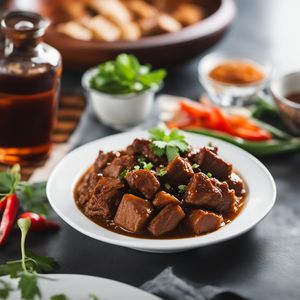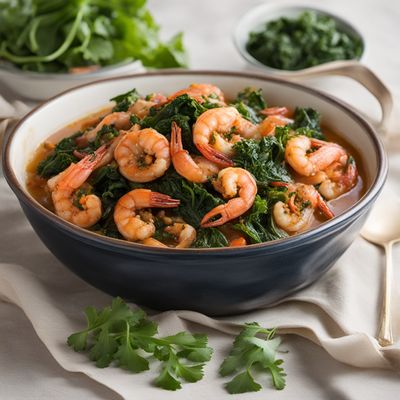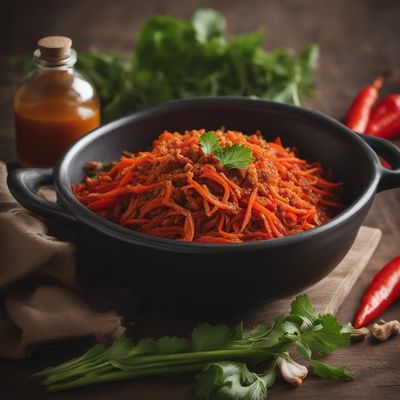
Dish
Superkanja
Okra stew
Superkanja is a thick stew made with okra, spinach, and other leafy greens. It is typically served with rice or fufu, a starchy side dish made from cassava or yams. The dish is seasoned with onions, garlic, and a variety of spices, including cumin, coriander, and turmeric. Superkanja is a popular dish in West Africa, particularly in countries like Senegal, Gambia, and Guinea-Bissau. It is a nutritious meal that is high in fiber, vitamins, and minerals, and is perfect for vegetarians and vegans. The dish is also low in fat and calories, making it a healthy option for those looking to maintain a balanced diet.
Origins and history
Superkanja has its roots in West Africa, where it has been a staple dish for centuries. The dish is believed to have originated in Senegal, where it was traditionally made with okra and other leafy greens. Over time, the recipe has evolved to include a variety of different ingredients, including tomatoes, onions, and spices. Today, Superkanja is enjoyed throughout West Africa and is a popular dish in many African restaurants around the world.
Dietary considerations
Vegetarian, vegan, gluten-free
Variations
There are many variations of Superkanja, depending on the region and the cook. Some recipes call for the addition of meat or fish, while others are strictly vegetarian. Some cooks prefer to use a combination of okra and other leafy greens, while others stick to just one or the other. Some recipes also call for the addition of peanut butter or groundnuts, which gives the dish a rich, nutty flavor.
Presentation and garnishing
Superkanja is typically served in a large bowl, with the rice or fufu on the side. The dish can be garnished with fresh herbs, such as cilantro or parsley, and a squeeze of lemon or lime juice. Some cooks also like to add a dollop of yogurt or sour cream to the top of the stew for added creaminess.
Tips & Tricks
To make Superkanja, it is important to use fresh, high-quality ingredients. The okra should be young and tender, and the leafy greens should be fresh and vibrant. It is also important to cook the stew slowly over low heat, to allow the flavors to meld together and the vegetables to become tender. Finally, be sure to taste the stew as you go, adjusting the seasoning as needed to achieve the perfect balance of flavors.
Side-dishes
Rice, fufu
Drink pairings
Hibiscus tea, palm wine
Delicious Superkanja recipes
More dishes from this category... Browse all »

Aab gosht
Indian cuisine

Abgoosht
Iranian cuisine

Adobo
Filipino cuisine

Adobo sa gatâ
Filipino cuisine

Adobong baboy
Filipino cuisine

Adobong baka
Filipino cuisine

Adobong dilaw
Filipino cuisine

Adobong hito
Filipino cuisine
More cuisines from this region... Browse all »

Benin cuisine
Savory, Sweet, Tangy, Spicy, Aromatic

Burkinabé cuisine
Savory, Spicy, Hearty, Earthy, Aromatic

Cape Verdean cuisine
Salty, Spicy, Tangy, Sweet, Smoky

Cuisine of Niger
Savory, Spicy, Earthy, Smoky, Nutty

Gambian cuisine
Savory, Spicy, Nutty, Tangy

Ghanaian cuisine
Savory, Spicy, Tangy, Sweet

Guinea-Bissauan cuisine
Spicy, Savory, Tangy, Sweet, Sour

Guinean cuisine
Savory, Spicy, Nutty, Tangy

